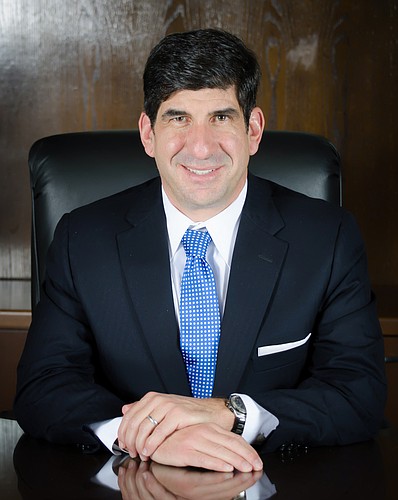- December 13, 2025
-
-
Loading

Loading

Community bankers have a new bogeyman: fintech.
These are companies that offer banking without all the operating necessities community banks normally have, such as branches, a top-down structure, high startup costs, and in most cases, significant regulations. Fintech, or financial technology, appeals, not surprisingly, to millennials due to its get-it-now ease in banking, mortgages and myriad other financial services.